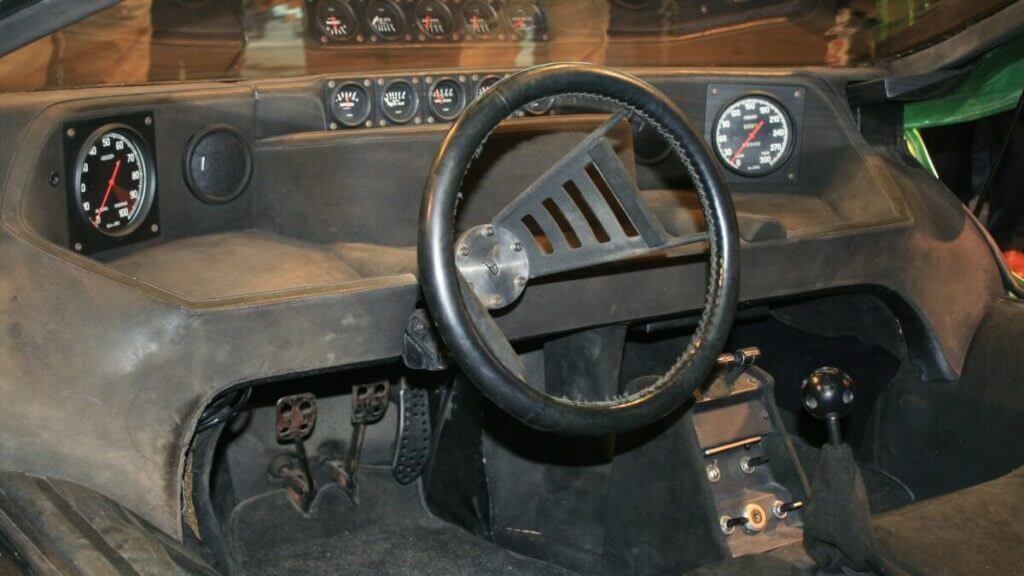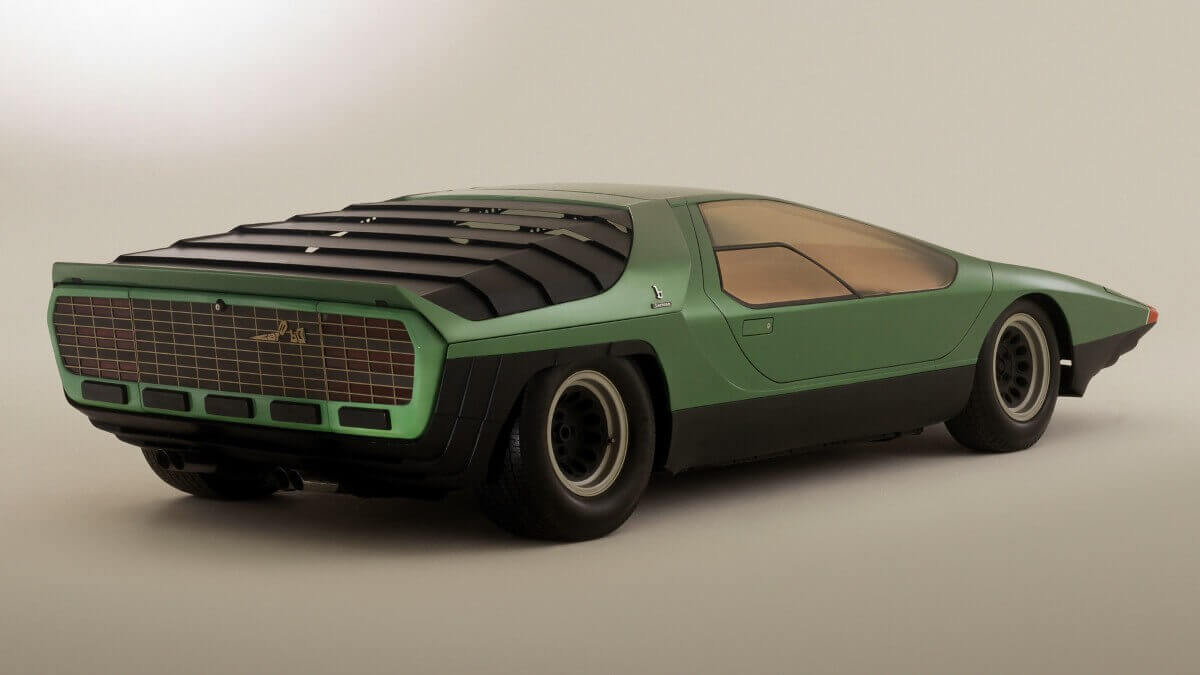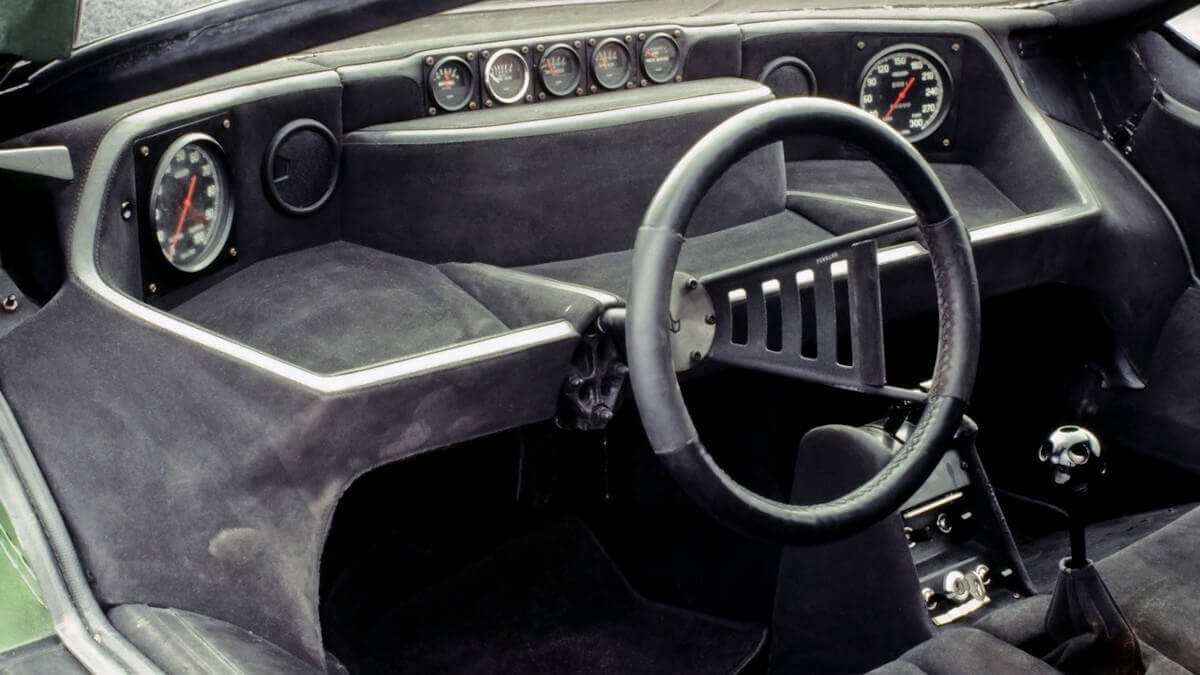html Alfa Romeo Carabo Interior: Secrets & Stunning Design Alfa Romeo Carabo Interior: The Secret Design That Broke All the Rules (And Still Looks Amazing!) The Alfa Romeo Carabo, a concept car unveiled at the 1968 Paris Motor Show, wasn't just about its striking, wedge-shaped exterior. While its scissor doors and dramatic angles turned heads, the interior of the Carabo was equally revolutionary. It offered a glimpse into the future of car design, challenging conventions and setting trends that resonate even today. This article delves into the innovative design elements that made the Carabo's interior so special and examines its lasting impact. A Radical Departure: The Genesis of a Design Revolution Before the Carabo, car interiors were largely functional, prioritizing practicality over aesthetics. The Carabo, however, prioritized visual drama and a sense of futuristic luxury. The design team at Bertone, led by Marcello Gandini (the same designer who penned the Lamborghini Countach, among others), took inspiration from aerospace design and the clean lines of modern architecture. This radical approach resulted in a space that was both minimalist and incredibly impactful. Key Design Principles: Minimalism and Functionality Combined The Carabo's interior was a masterclass in minimalist design. Every element served a purpose, and unnecessary details were banished. This wasn't about stripping away features; it was about integrating them seamlessly and emphasizing the core elements. Key features of this approach included: Clean Surfaces: The dashboard was uncluttered, with gauges and controls strategically placed for optimal visibility and ease of use. Geometric Shapes: The use of sharp angles and geometric shapes throughout the interior, from the dashboard to the seats, contributed to the car's futuristic aesthetic. High-Quality Materials: The choice of materials, including leather and brushed metal, conveyed a sense of luxury and craftsmanship. The Scissor Doors and Their Interior Impact The Carabo's iconic scissor doors weren't just a visual spectacle; they profoundly influenced the interior design. The upward-opening doors created a wider opening, making ingress and egress easier, especially in a low-slung sports car. This allowed the designers to consider the interior as a cohesive unit, freed from the constraints of conventional door designs. This design also influenced the placement of the seats and the overall ergonomics. The seats, for example, were designed to be both supportive and visually striking, complementing the car's overall aesthetic. They were often integrated into the structure of the car, contributing to the sense of unity and flowing design. Color Palette and Material Choices: A Symphony of Style The Carabo's interior color palette was carefully chosen to enhance its futuristic appeal. Often featuring bold colors like vibrant orange or yellow, contrasting against a black or dark interior, the colors were not just for show; they were part of the design language. These colors were used to accentuate the car's sharp lines and geometric shapes. The materials used were equally important. High-quality leather, often in a contrasting color, covered the seats and other interior surfaces. The use of brushed metal accents added a touch of sophistication and highlighted the car's technological advancements. These material choices were not only luxurious but also durable and easy to clean. The Carabo's Legacy: Shaping Automotive Design The Alfa Romeo Carabo's interior design had a profound impact on the automotive industry. It demonstrated that car interiors could be more than just functional spaces; they could be works of art. Its influence can be seen in the designs of numerous sports cars and concept cars that followed, including the Lamborghini Countach (which Gandini also designed) and other vehicles that embraced minimalist aesthetics and bold color palettes. Even today, modern car interiors often borrow from the Carabo's innovative design principles. Influence on Modern Car Design Minimalist Dashboards: The Carabo's uncluttered dashboard paved the way for the minimalist dashboards seen in many modern cars. Color Palettes: The use of bold colors and contrasting materials, inspired by the Carabo, is still a common design element. Ergonomics: The focus on driver comfort and ease of use, pioneered by the Carabo, continues to be a priority in car design. Conclusion: A Timeless Masterpiece The Alfa Romeo Carabo's interior remains a testament to the power of innovative design. It broke the mold, challenged conventions, and set new standards for automotive aesthetics. Its influence can be seen in countless cars that followed, proving that a well-designed interior can be both functional and visually stunning. The Carabo's legacy continues to inspire designers and car enthusiasts alike, solidifying its place as a true automotive masterpiece. [Link to a museum with Carabo on display - external link suggestion]. Its impact on car design is undeniable, and its beauty still captivates today. [Link to Bertone design history - external link suggestion].
Alfa Romeo Carabo Interior: The Secret Design That Broke All The Rules (And Still Looks Amazing!)
```html Alfa Romeo Carabo Interior: Secrets & Stunning Design Alfa Romeo Carabo Interior: The Secret Design That Broke All the Rules (And Still Looks Amazing!)...




